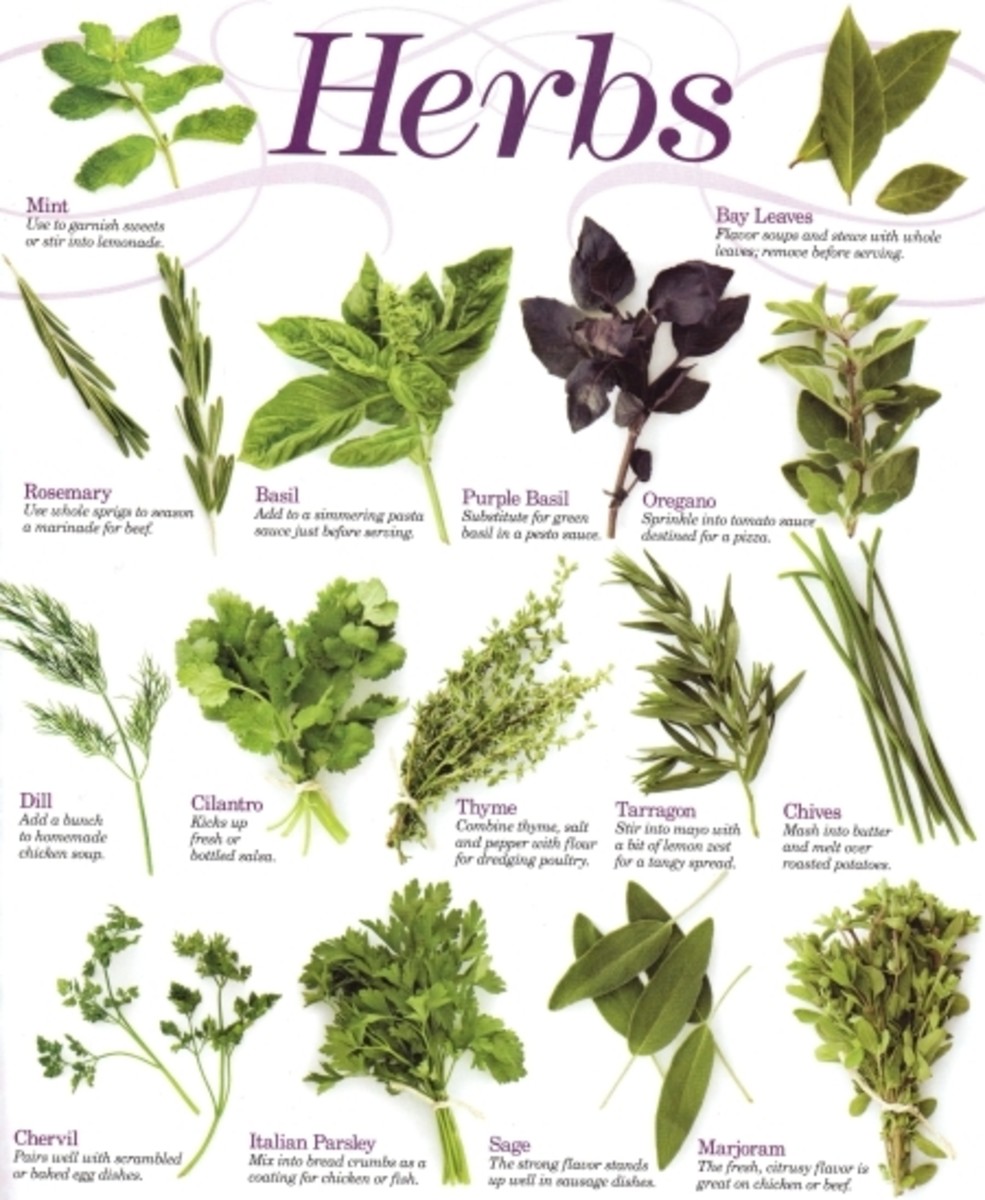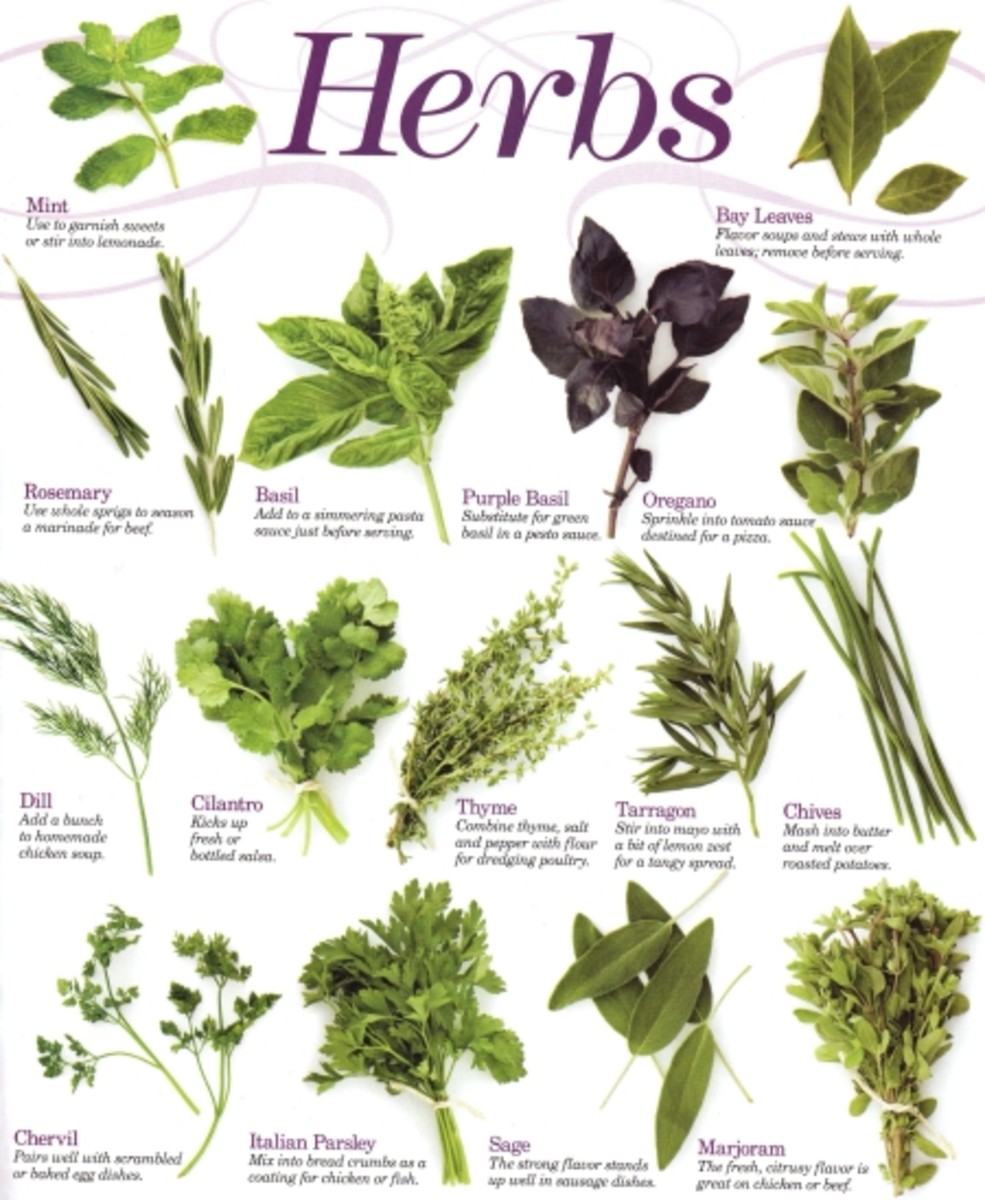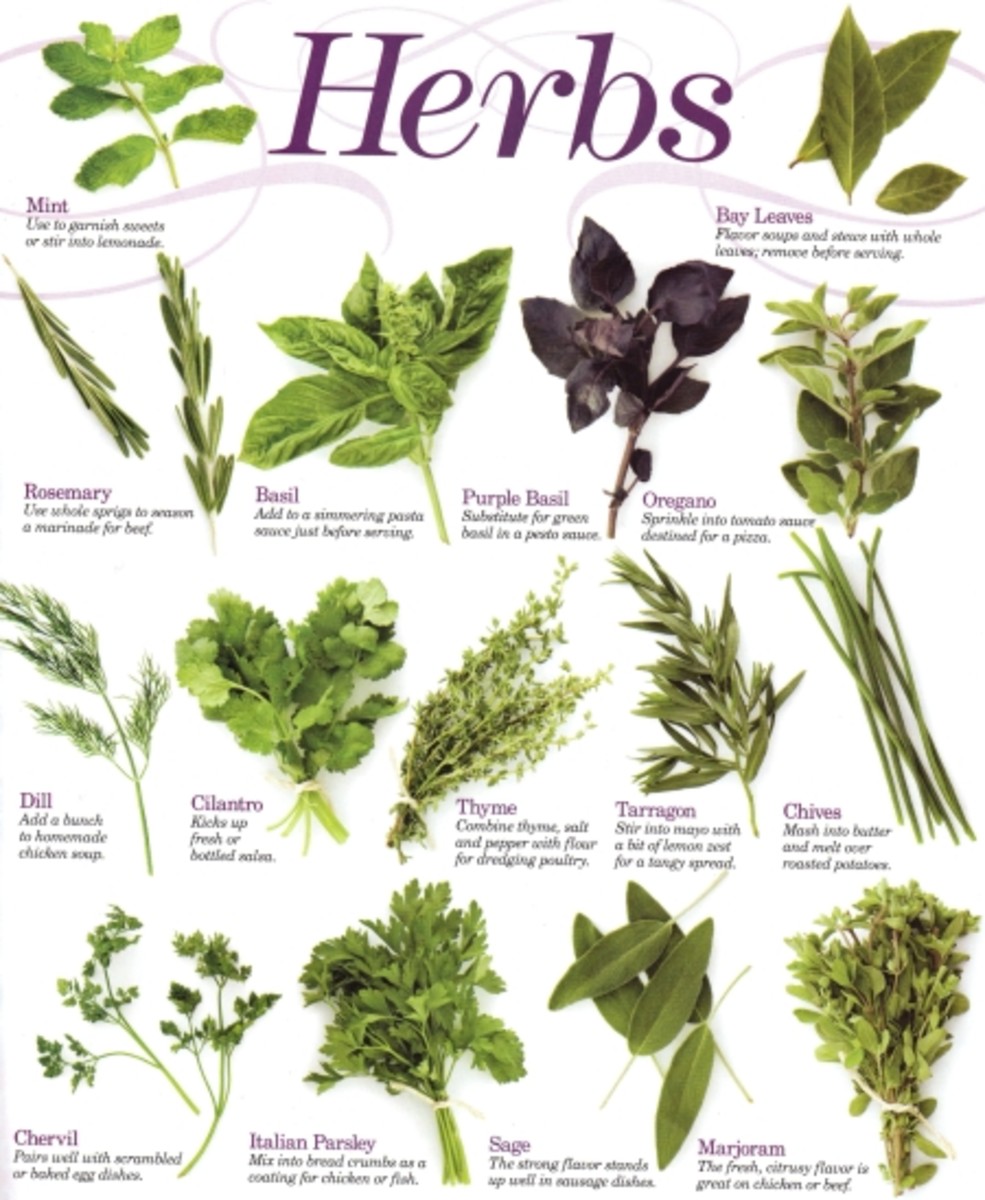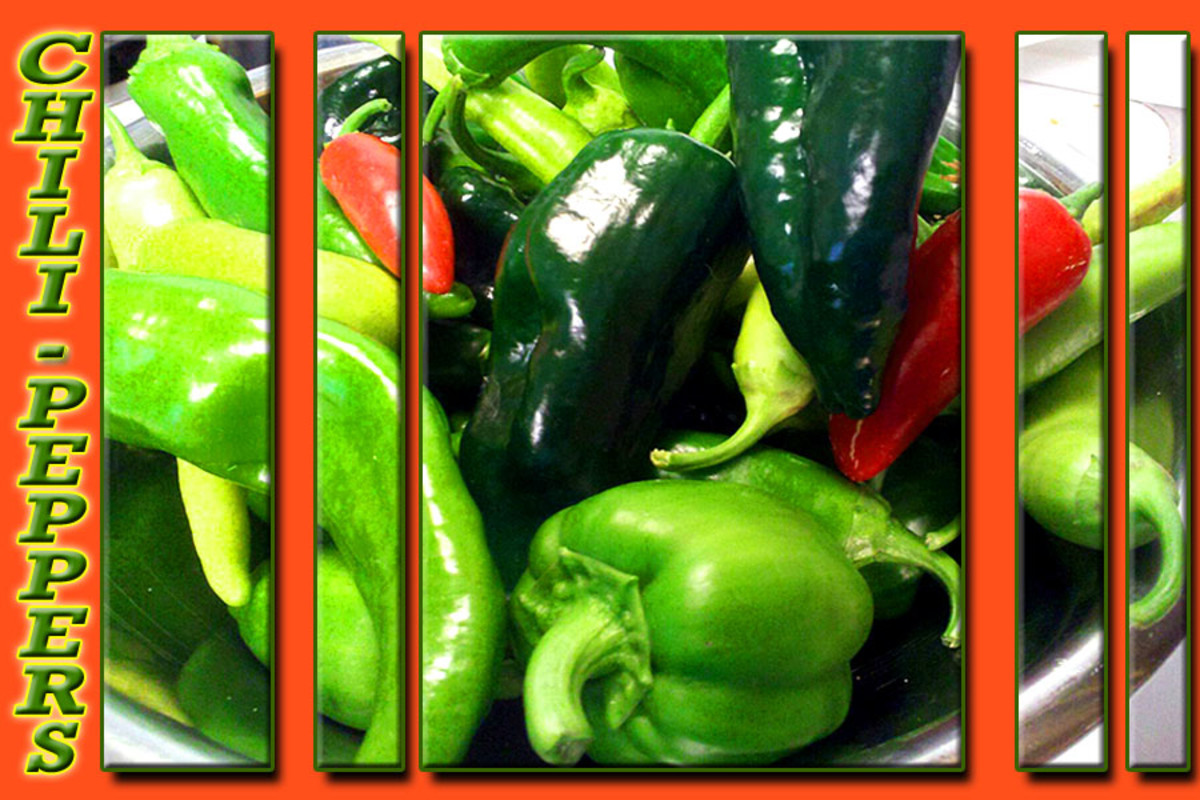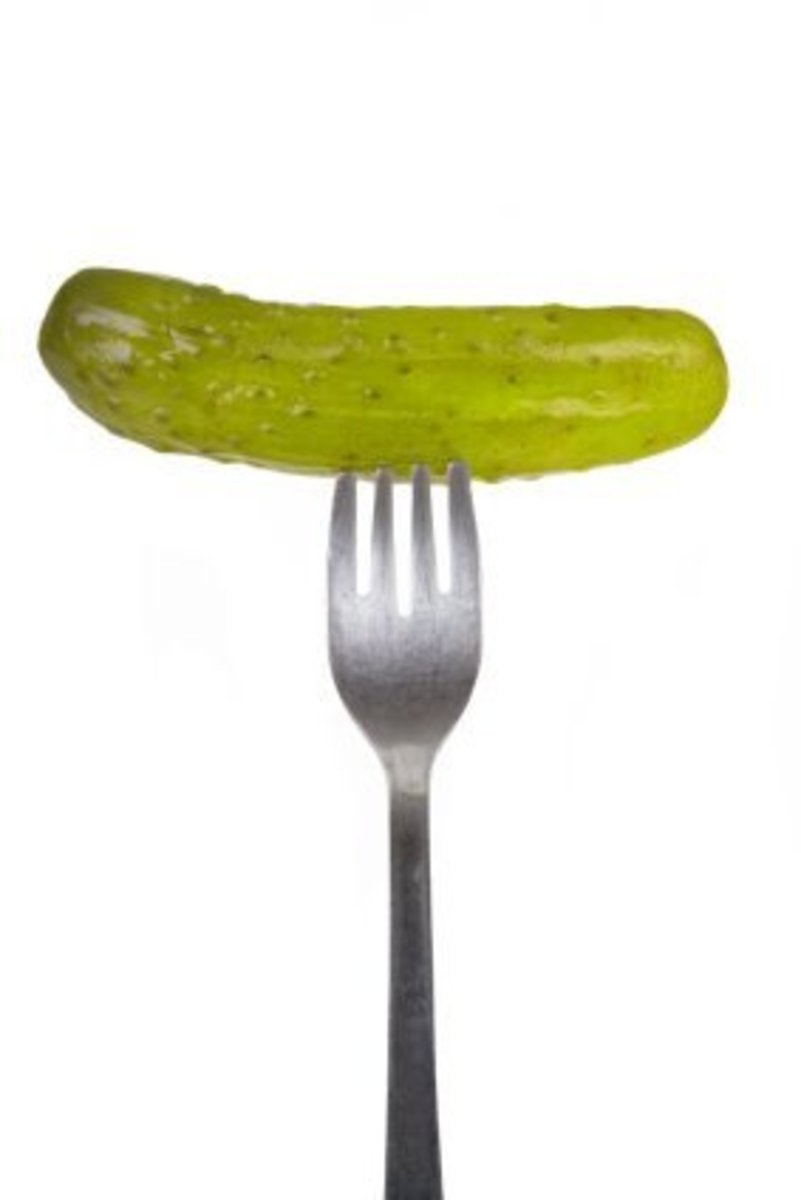Herbs and Spices: Substitutes
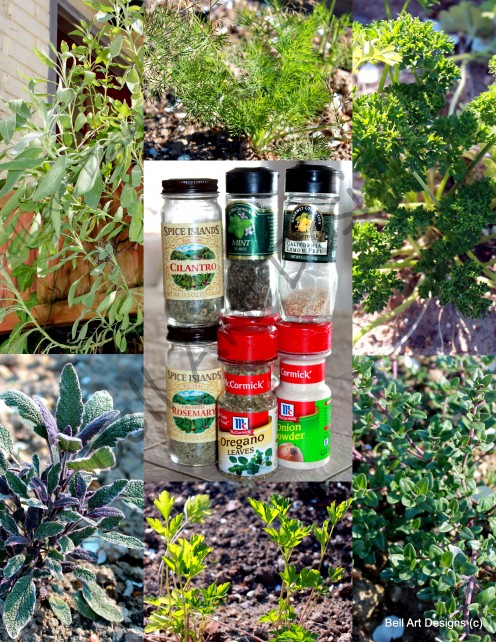
Simple Solutions
Herbs and spices are crucial ingredients when cooking because they add an abundance of flavor to your favorite dishes. Most recipes call for dried herbs and spices because they are readily available in the stores; however, fresh herbs and spices are wonderful to use as well, especially if you have them growing in the garden. Likewise, there is nothing better than picking your own “home-grown” herbs for use in your favorite recipes.
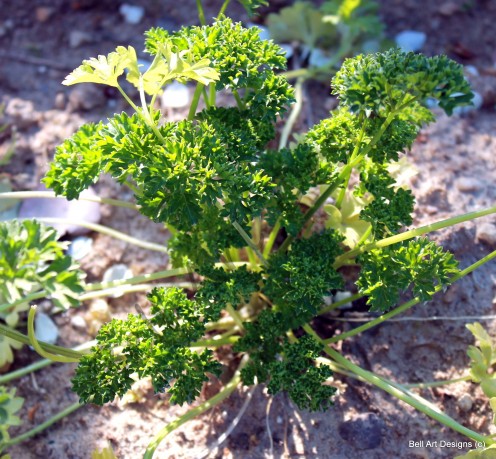
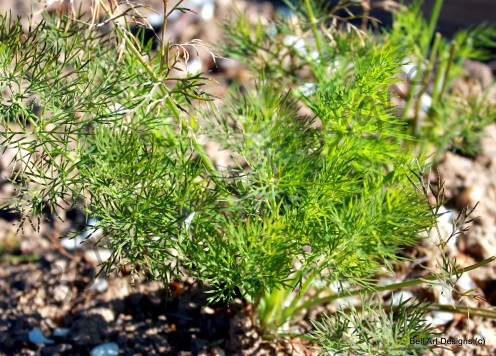
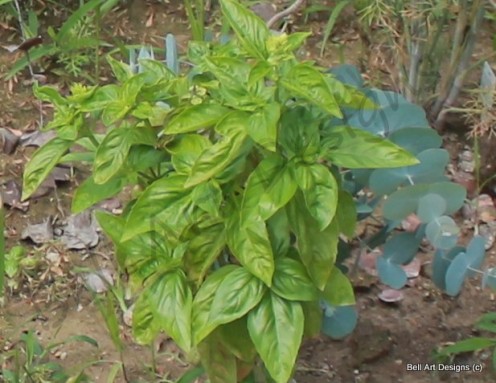
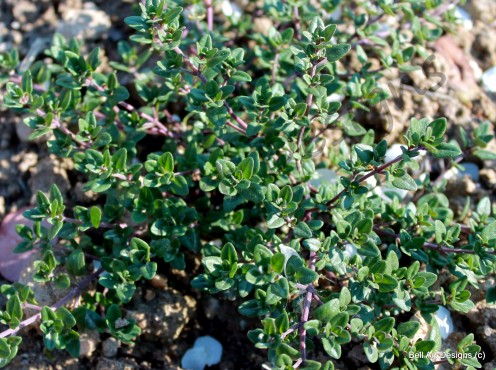
Dried and Fresh
So, you have a recipe and let’s say it calls for a teaspoon of dried basil; however, you have fresh growing on the windowsill and would prefer to use it instead. Well, here is the problem – how much of the fresh should you use to replace the dried? The general rule of thumb is to use three times as much fresh as dried because dried herbs are generally more potent than fresh. For instance, if the recipe calls for a teaspoon of dried, you will need to use a tablespoon of fresh. It’s simple math – three teaspoons equal a tablespoon.
Don't substitute some
Although this ratio sounds simple, it is not always the case. Keep in mind that if your recipe calls for fresh, there are some herbs and spices that you should not substitute with dried because the flavor of the fresh is much better than their dried equivalent. For instance, dried dill, chives and parsley, just to name a few, should not be used in place of fresh.
Note: Keep in mind that the longer the dried spice has been open, the less potent it may be. So, use your judgment and add a little more, if you feel the need – just do little amounts at a time so you don’t over season.
Below is a table that should help you determine what measurement of fresh is equivalent to dry.
Measurements and Equivalents
Herb/Spice
| Fresh
| Dried
|
|---|---|---|
Basil
| 2 tsp of finely chopped
| 1 teaspoon
|
Bay leaves
| 1 leaf
| 2 leaves
|
Chives
| 1 Tbsp finely chopped
| 1 tsp
|
Cilantro
| 3 tsp
| 1 tsp
|
Dill
| 3 tsp
| 1 tsp
|
Garlic
| 1 large clove
| 1/2 tsp powder
|
Marjoram
| 3 tsp
| 1 tsp
|
Onions
| 1 medium
| 1 tsp onion powder
|
Oregano
| 1 Tbsp finely chopped
| 1 tsp
|
Parsley
| 3 sprigs (2 tsp finely chopped)
| 1 tsp
|
Rosemary
| 1 medium sprig (1 Tbsp)
| 1 tsp
|
Sage
| 12 leaves
| 1 tsp
|
Tarragon
| 3 tsp
| 1 tsp
|
Thyme
| 5 sprigs (1 Tbsp)
| 3/4 tsp ground
|
Lemon Peel
| 1 tsp chopped
| 1 tsp
|
Garlic
| 1 large clove
| 1 1/2 tsp minced
|
Garlic
| 1 small clove
| 1/2 tsp minced
|
Garlic
| 1 small clove
| 1/8 tsp powder
|
A few notes
- 3 portions of fresh = 1 portion of dried - usually
- Dried herbs are more potent than fresh
- If your recipe calls for fresh dill, parsley or chives – use fresh
- Dried herbs and spices lose their potency after a while – so check dates
- Some dried herb containers will give you the equivalent of fresh
- If the flavor isn’t working for you – add more – a little at a time
- If you use fresh; however, only need a little for the recipe – store the rest in a paper towel for later use
- Store dried herbs/spiced in a cool dark place to help keep them fresh
© 2011 bellartdesigns

